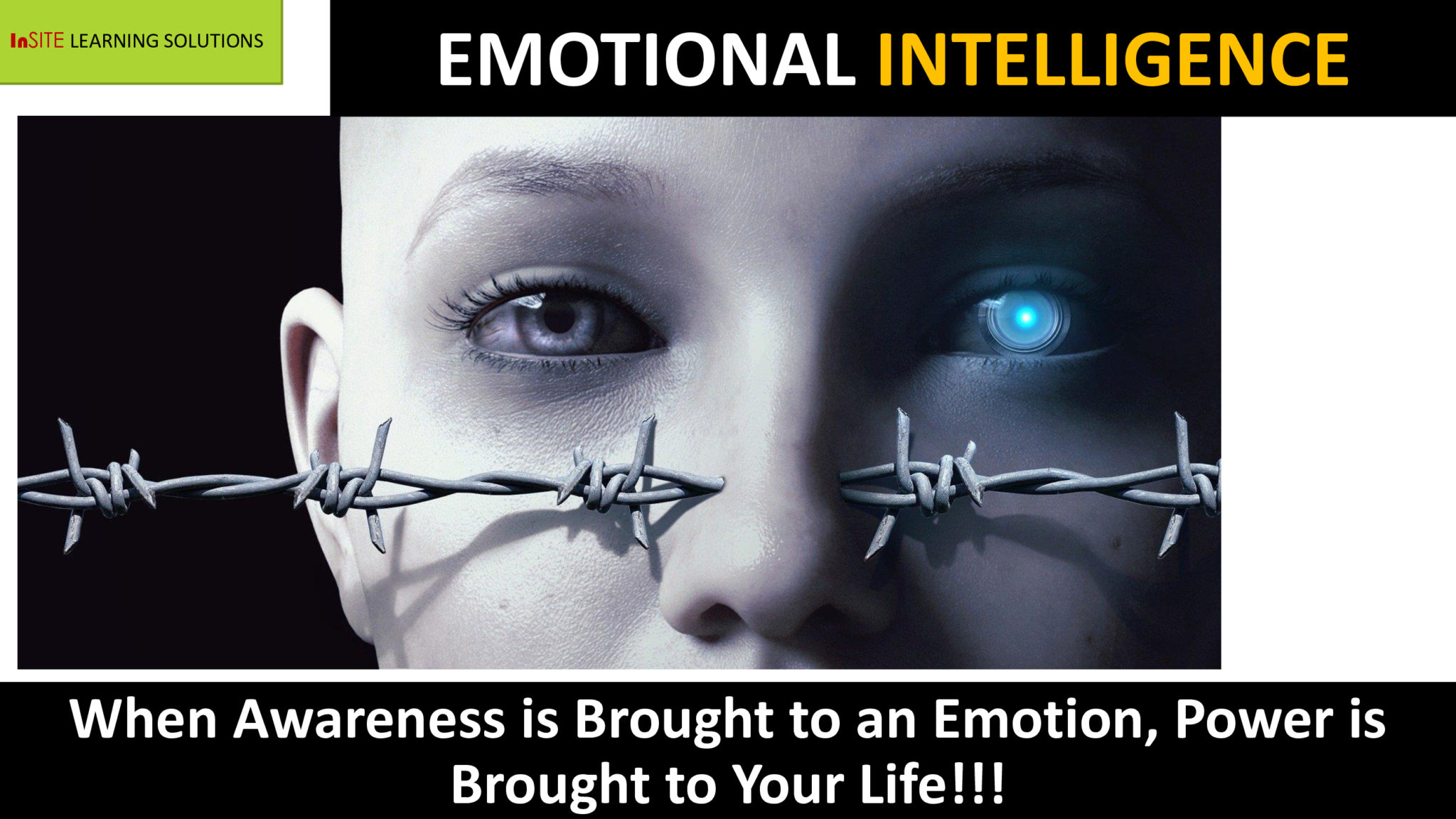What is the difference between mental health and mental wellness?
In today’s discussions, there is a heightened focus on mental health and well-being. This increased attention is having a tangible impact, considering that one in four individuals will encounter a mental health challenge at some stage in their lives. The more we engage in conversations about mental health, the more the associated stigma diminishes.
Yet, as the dialogue progresses, you may have noticed the recurring use or interchangeability of certain terms: mental health and mental wellness. Are these terms synonymous, or is there a distinction between them? Which one is more appropriate to use? To unravel this, let’s delve into the definitions of these terms.
What is Mental Health?
Mental health refers to a person’s emotional, psychological, and social well-being. It involves the individual’s ability to handle stress, relate to others, make decisions, and cope with the challenges of life. Good mental health contributes to overall functioning, productivity, and the ability to form meaningful relationships.
Mental health encompasses a wide range of factors, including emotional resilience, self-esteem, the ability to manage emotions, and effective communication. It is not just the absence of mental disorders but also the presence of positive mental qualities and coping mechanisms.
What is Mental Wellness?
Mental wellness refers to the state of one’s mental health and the proactive efforts taken to promote a positive, fulfilling, and balanced life. It goes beyond the absence of mental disorders and focuses on building resilience, fostering positive emotions, and enhancing overall psychological well-being.
Key components of mental wellness include:
- Emotional Resilience: The ability to bounce back from challenges, adapt to change, and cope with stress in a healthy way.
- Self-awareness: Understanding one’s emotions, thoughts, and behaviours, and being mindful of how they contribute to overall well-being.
- Effective Stress Management: Developing and utilizing coping strategies to handle life’s stressors and pressures in a constructive manner.
- Healthy Relationships: Building and maintaining positive connections with others, fostering a sense of belonging, and having a support system.
- Positive Lifestyle Choices: Incorporating habits such as regular exercise, proper nutrition, sufficient sleep, and other activities that contribute to mental and physical well-being.
- Positive Lifestyle Choices: Incorporating habits such as regular exercise, proper nutrition, sufficient sleep, and other activities that contribute to mental and physical well-being.
- Life Satisfaction: Finding meaning and purpose in life, setting and pursuing goals, and experiencing a sense of accomplishment.
- Seeking Support: Being open to seeking help when needed, whether through friends, family, or mental health professionals.
Mental wellness is a proactive and holistic approach to mental health that emphasizes the promotion of positive mental qualities and the prevention of mental health issues. It encourages individuals to take an active role in their mental well-being and to adopt habits that contribute to a fulfilling and satisfying life.
Key Differences between mental health and mental wellness
| Mental Health | Mental Wellness | |
|---|---|---|
| Definition | Refers to a person’s overall psychological well-being, including the presence or absence of mental illnesses or disorders. It encompasses emotional, psychological, and social well-being. | Focuses on the positive aspects of mental health, emphasizing a person’s ability to cope with stress, work productively, build positive relationships, and make meaningful contributions to society. |
| Scope | Encompasses a broad spectrum, ranging from mental illnesses and disorders to the absence of diagnosable conditions. | Primarily emphasizes the proactive and positive aspects of mental well-being, promoting self-care, stress management, and personal growth. |
| Prevention vs. Treatment | Often associated with the diagnosis, treatment, and management of mental disorders through therapy, medications, or other interventions. | Emphasizes preventive measures, lifestyle choices, and activities that contribute to maintaining a positive mental state and preventing the onset of mental health issues. |
| Focus | Tends to focus on addressing and managing symptoms of mental illnesses, improving functioning, and providing support during times of crisis. | Concentrates on fostering resilience, personal development, and the pursuit of a balanced and fulfilling life. |
| Negative vs. Positive | Often associated with the absence of mental disorders or the management of negative symptoms. | Centres around positive attributes such as life satisfaction, emotional resilience, and the pursuit of a meaningful and purposeful life. |
| Holistic Approach | Can involve specialized treatments and interventions targeted at specific disorders or symptoms. | Encourages a holistic approach that considers various aspects of life, including physical health, social connections, and personal fulfilment. |
| Stigma | May be associated with societal stigma related to mental illnesses and the misconception that mental health issues are a sign of weakness. | Generally carries a more positive and proactive connotation, promoting a broader understanding of mental well-being beyond the absence of illness. |
Conclusion
In conclusion, while mental health and mental wellness are interconnected, they represent distinct aspects of our psychological well-being. Recognizing the differences is crucial for fostering a comprehensive approach to personal growth and happiness. By prioritizing both mental health and mental wellness, individuals can embark on a journey towards a more fulfilling and resilient life, embracing challenges with a positive mindset and nurturing their mental well-being proactively.





